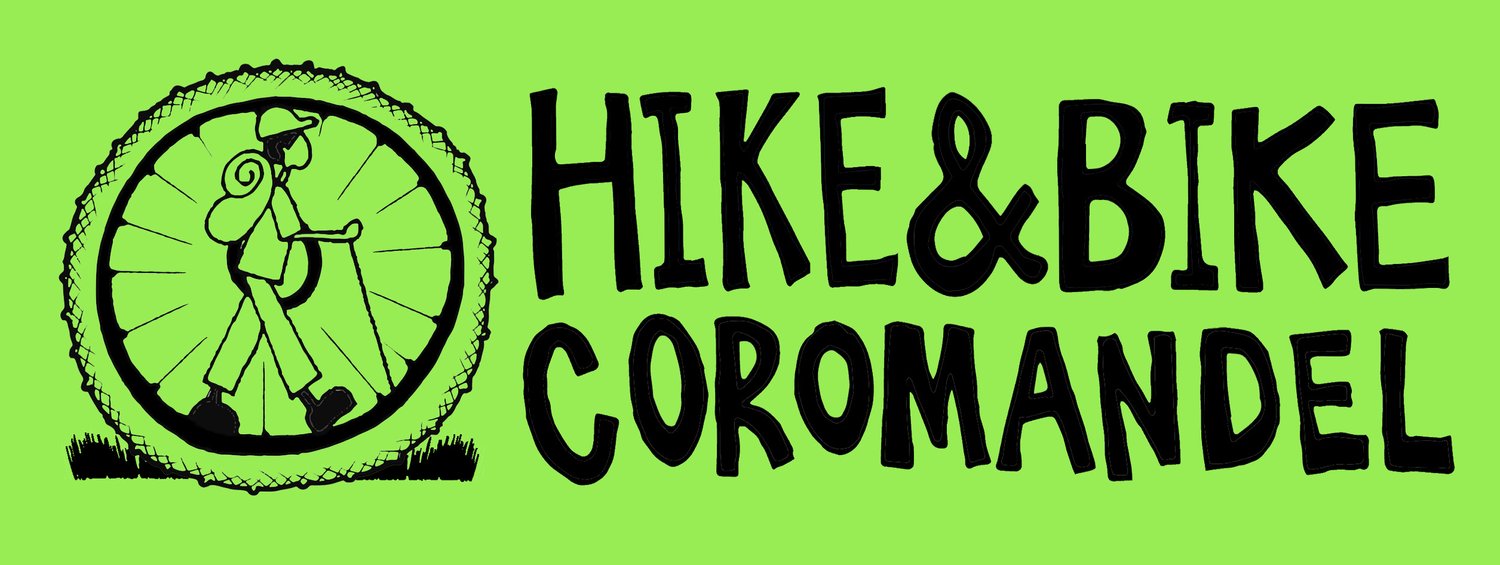Our Journey to Sustainability
We like many others, used to come to this place called Colville to get away from it all, to do what we wanted with scant regard for the environment.
Guilty of net fishing the herrings and mullet out of the stream using an illegal, undersized net, guilty of using a dredge to fish for scallops, damaging the sea floor in the process, guilty of casting a blind eye to the cattle standing in the waterway with murky sediment and their poo flushing its way into the beautiful Colville Bay (ironically the place we used to take fish from….go figure).
In 2015 we were lucky enough to purchase the family property at 76 Wharf Road Colville, 20 acres of CMA – Coastal Marine Area, SNA – Significant Natural Area, also swampy and low lying and slowly falling victim to rising sea levels.
So what turned us around? We were both in manager roles, one Fonterra and one Rabobank. Both organisations were early adopters of Clean Stream regimes encouraging their rural members to follow suit. Naturally enough, as staff we were encouraged to be positive role models, not just in our jobs but to extend this to our personal lives as well.
However, we won’t deny there was huge resistance from the older generation to our plans but for us, the writing was on the wall. After generations of tea tree being culled for firewood and swamp land being drained for paddocks, we were turning back time to how it used to be around here.
And so it began in mid 2017 when we met with Colville Harbourcare who were looking for land to create a nursery. We had a suitable plot, a shadehouse was erected, wicking beds constructed, pots filled, seeds underway. Once grown these were supplied to Waikato Regional Council in a scheme with landowners to fence and plant waterways. In 2018 the stream which runs through our property, was fenced and manuka, te kouka, kanuka, ake ake, hebe and harakeke were all planted.
The sensitive saltmarsh area was fenced and planted in 2018, with a total of 8000 square metres now fully retired from active farming. Two years of maintenance followed in the form of releasing the trees until they were finally able to go it alone. With very few losses we are pleased to say a large percentage of the 4,000 trees have made it through in great style.
Fast forward to 2022 and we are delighted to see matuku, banded rail, tui, kereru, pied stilts and bellbird in greater numbers in an area that was previously barren and unattractive to these sensitive species. The water quality has improved beyond our imagination and the fresh water fish species are now seen in more abundance.
But wait there’s more………..why stop here and rest on our laurels. We know there are still a lattice of tidal drains and swampy areas that should become “stock excluded”. Much trickier and not so straight forward as the first round but overall the best investment we can do right now for the environment, not only for us but our children and the generations to come.


